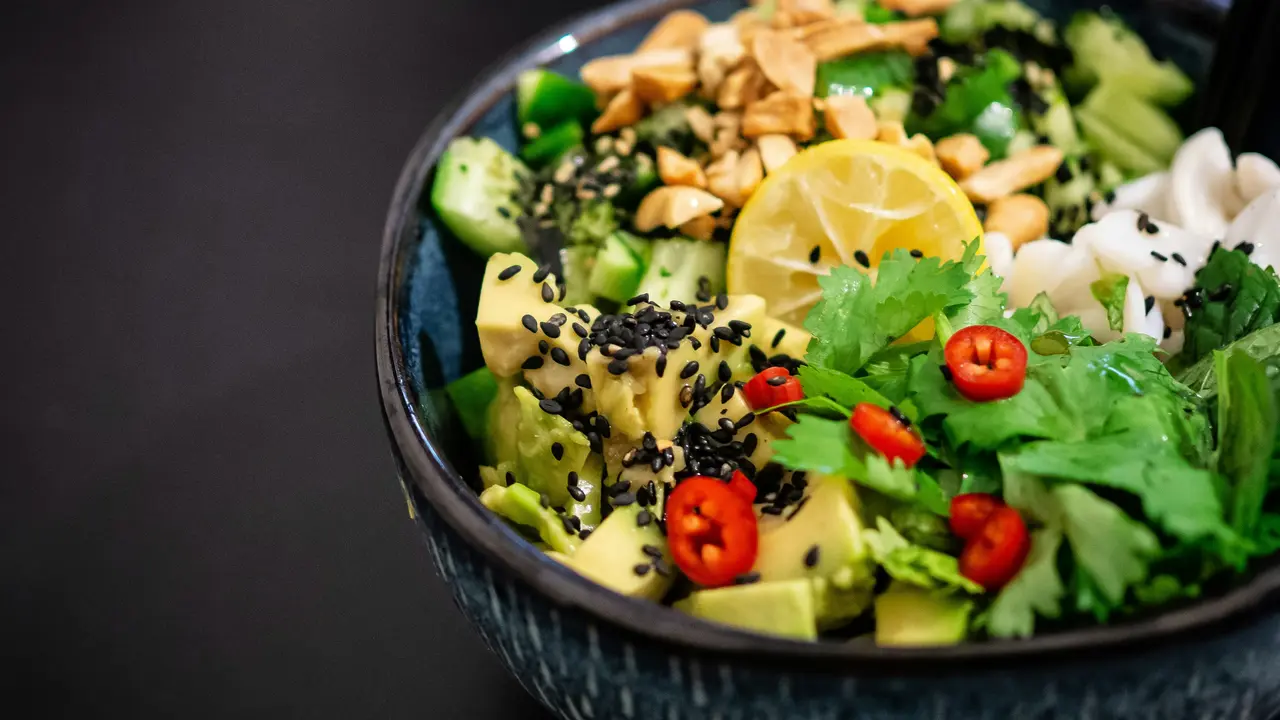Are you wondering, “is cornstarch gluten free food”? With the increasing prevalence of gluten sensitivities and celiac disease diagnoses, understanding what constitutes gluten-free ingredients is essential. In this article, we’ll explore cornstarch, its origins, and its suitability for gluten-free diets. Stay with us as we unravel the truth behind this common kitchen staple!
Understanding Cornstarch and Gluten Free Food
What is Cornstarch?
Cornstarch is a fine white powder derived from the endosperm of corn kernels. It is commonly used as a thickening agent in various recipes, including sauces, gravies, and desserts. But does this popular kitchen ingredient fit into a gluten-free diet? Let’s find out!
What is Gluten?
Gluten is a protein found in several grains, including wheat, barley, and rye. For individuals with celiac disease or gluten intolerance, consuming gluten can lead to severe health issues. Understanding gluten helps to identify which foods, like cornstarch, are safe alternatives.
Is Cornstarch Gluten Free Food? The Facts
Processing of Cornstarch
To determine if cornstarch is gluten free food, we must consider its processing. Since cornstarch is made from corn, it naturally does not contain gluten. However, cross-contamination during manufacturing can occur, especially if the facility processes gluten-containing products. Thus, it’s crucial to choose brands that explicitly state their product is gluten-free.
Types of Cornstarch
There are various types of cornstarch, each serving different culinary purposes. Here are the most common types:
- Regular Cornstarch: Ideal for thickening and baking.
- Modified Cornstarch: Enhanced for specific applications and increased stability.
- Organic Cornstarch: Sourced from organic corn, ensuring no pesticides or additives.
Regardless of the type, ensure you check for gluten-free certification on the packaging.
Using Cornstarch in Gluten-Free Recipes
Thickening Sauces and Soups
Cornstarch is an excellent thickener for gluten-free sauces and soups. It can create a smooth texture without introducing gluten. Simply mix cornstarch with cold water to create a slurry before adding it to hot liquids to avoid clumping.
Baking with Cornstarch
When baking gluten-free products, cornstarch can be used in conjunction with other gluten-free flours to improve texture and structure. Here are some tips:
- Combine cornstarch with rice flour for cakes and cookies.
- Use it to lighten the density of gluten-free bread.
- Add it to pancake and waffle mixes for a fluffier result.
Choosing Gluten Free Cornstarch Products
Reading Labels
When purchasing cornstarch, always read the labels carefully. Look for products specifically labeled “gluten-free” to mitigate any risk of cross-contamination. Brands such as Argo and Bob’s Red Mill offer gluten-free options that are widely trusted in the gluten-free community.
Storing Cornstarch Properly
To maintain the quality and gluten-free integrity of cornstarch, store it in a cool, dry place. Ensure the container is well-sealed to prevent moisture and contamination from other food sources.
Conclusion: The Verdict on Cornstarch and Gluten
So, is cornstarch gluten free food? Yes, cornstarch is inherently gluten-free, making it a safe option for those avoiding gluten. However, it is vital to select the right brands and read labels to avoid cross-contamination. Embrace cornstarch in your gluten-free cooking and baking for a delicious, hassle-free experience! If you found this article helpful, consider sharing it with others or exploring more about gluten-free cooking in our other informative blog posts.
Gluten – Recent Articles
- Does Marco’s Pizza Have Gluten Free Pizza? Find Out Here!
- Is King Arthur Gluten Free Bread Flour Safe for Celiacs?
- Should Diabetics Eat Gluten Free Food? Discover the Truth!
- Are Yasso Poppables Gluten Free? Discover the Truth!
- Is There Gluten in Rice Crispy Cereal? The Surprising Truth!
Gluten – Useful Links
- Celiac Disease Foundation – What Is Gluten?
- Mayo Clinic – Gluten-free diet
- NIDDK (National Institute of Diabetes and Digestive and Kidney Diseases) – Eating, Diet & Nutrition for Celiac Disease
- WebMD – 8 Foods High in Gluten and Why You Should Avoid Them
- BeyondCeliac.org
